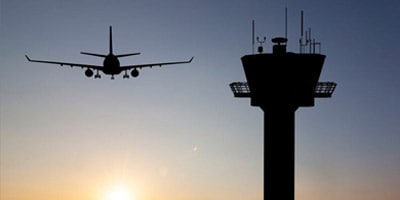
Why Radar and Why Should You Care?
Radar was initially invented over a hundred years ago and it continues to evolve. Today, radar is used in a variety ways from meteorology to the military. Radar is an important tool that benefits society.
A Brief History of Radar
Radar (RAdio Detection And Ranging) was invented in 1935 by physicist, Sir Robert Watson-Watt . During World War II radar was widely deployed as a defense tool since it was able to detect aircraft from miles away, providing early warning of incoming Axis warplanes to the Allies in England.
How Radar Works
We’ve all tried yelling in a cave or a large empty room and waited to hear our echoed voice come back to us. An echo is similar to how a radar works but at a much larger scale. Radio waves travel faster and farther than sound (approximately the speed of light.) The magnetron inside the radar produces radio waves and an antenna that transmits and receives those waves. When the waves are dispatched they are reflected back to anything that is in its way, just like an echo. This process is almost simultaneous and very accurately gives the speed and distance of an object, from an airplane to even precipitation.
Applications of Radar
-
Air Traffic Management: Radar is valuable to the aviation industry. With it, air traffic control towers are able to assure the safety of aircraft flying near airports. Radar ensures protection when flying in all weather conditions.
-
Maritime Navigation: Ships use radar to enable safe travels during poor visibility and bad weather conditions.
-
Space-Based: With the use of space-based radar, spacecrafts can be monitored and satellites can be tracked and detected. Additionally, radar can map and contour extraterrestrial landscapes.
-
Weather: Radar tracks the direction, speed and even the velocity of precipitation and helps aide weather forecasting.
-
Law Enforcement: The speed of moving cars can be measured with radar to help ensure that drivers follow the speed limit.
-
Military: Radar plays a massive role in the military for surveillance, missile control, aircraft detection, and other applications.
-
Geological Mapping: Images can be created to map out geological features of landscapes and create 2D OR 3D images.
The Weaknesses of Radar
As there are many applications of radar, the system isn’t perfect. In recent news, drones have been interrupting airspace at airports and have been attacking oil refineries in Saudi Arabia.
These events could have been mitigated if the implementation of radar that could detect these UAVs were in place. The radar could have been able to stop such catastrophes and avoided the cost millions of dollars worth of inconveniences.
The Applications and Relevance of Fortem TrueView Radar
Fortem TrueView radar sees everything in the airspace, including hundreds of objects simultaneously, from miles away and determines the level of threat, even in adverse weather conditions. Drones have been proven to be more than just a recreational toy. They can be used as weapons and wreak havoc. TrueView detects these dangerous or malicious drones in the airspace, taking on this crucial role to secure the airspace. TrueView is able to detect and track RF silent drones that many sensors can’t see. A few examples of these UAVs causing problems are at airports, sports stadiums and military bases.
Just like the radars used during WWII, we can provide early warning, but now for drones entering the airspace, tracking them and being prepared with countermeasures. TrueView radar is the foundation for any multilayer security system tasked with securing and defending airspace above and beyond the fence line. Fortem Technologies enables a future where the airspace is secure and makes urban air mobility a reality.
The TrueView family of radar is the world leader in SWAP-C electronically scanned phased array radar. It is the gold standard in radar technology and delivers best-in-class real-world range, resolution, accuracy, clutter rejection, classification and AI at the edge computing, with no harm to the environment.
The Future of Radar
With all these advancements, what do you think the future of radar is? Radar is continually evolving, enabling more applications for more industries.

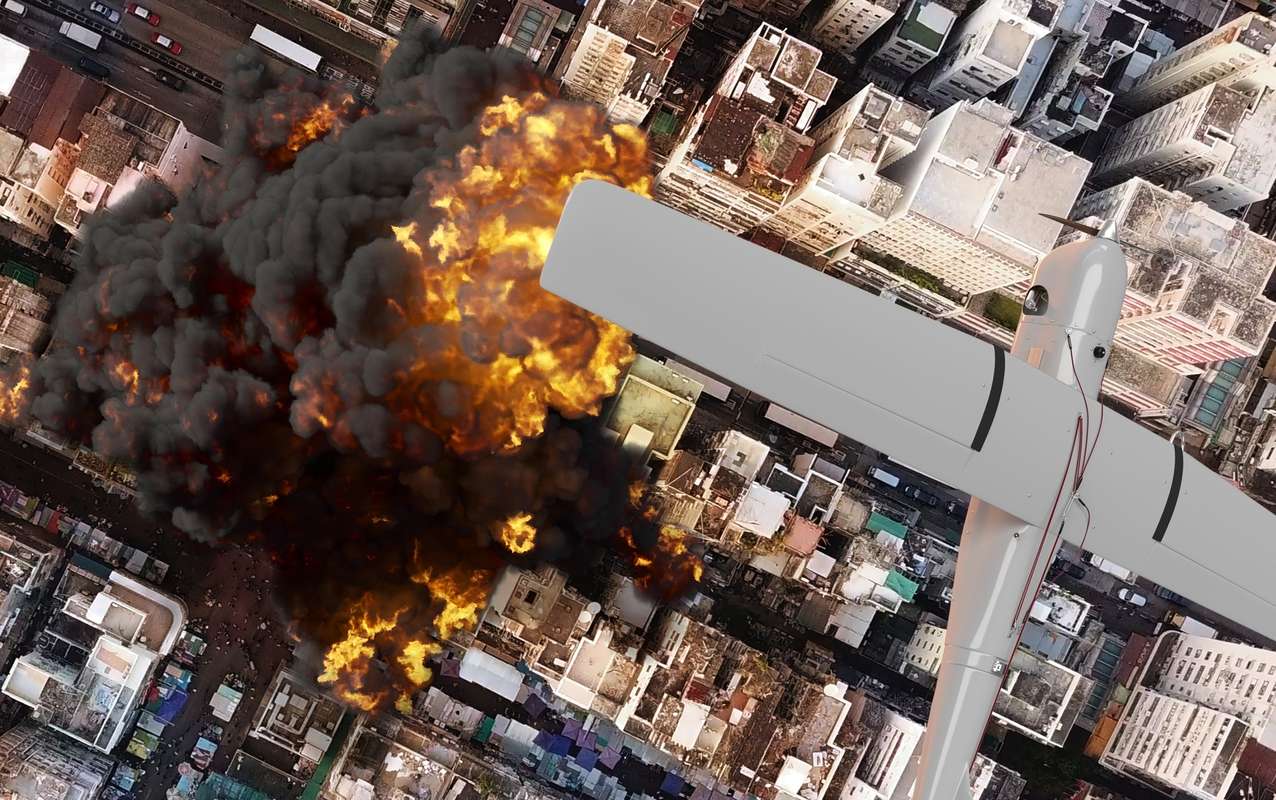
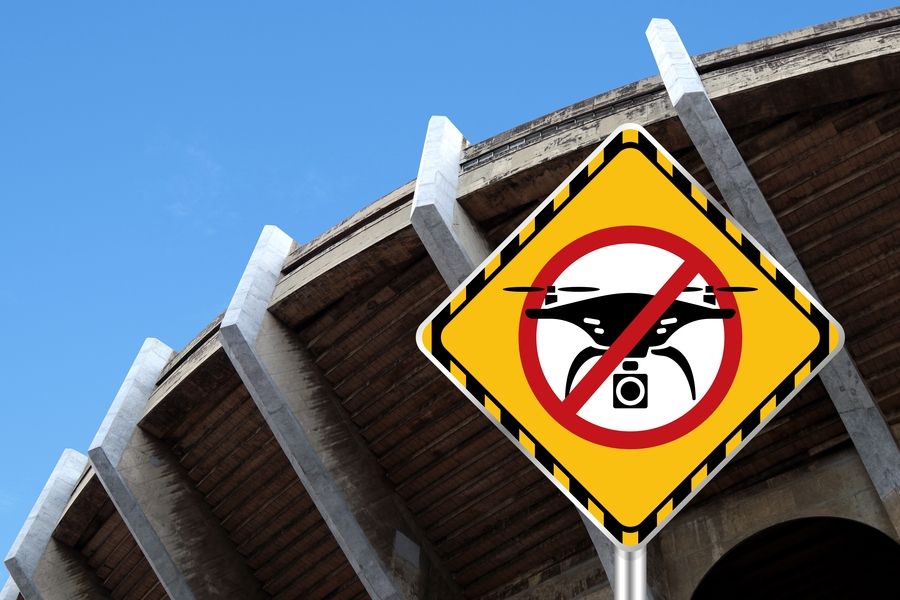
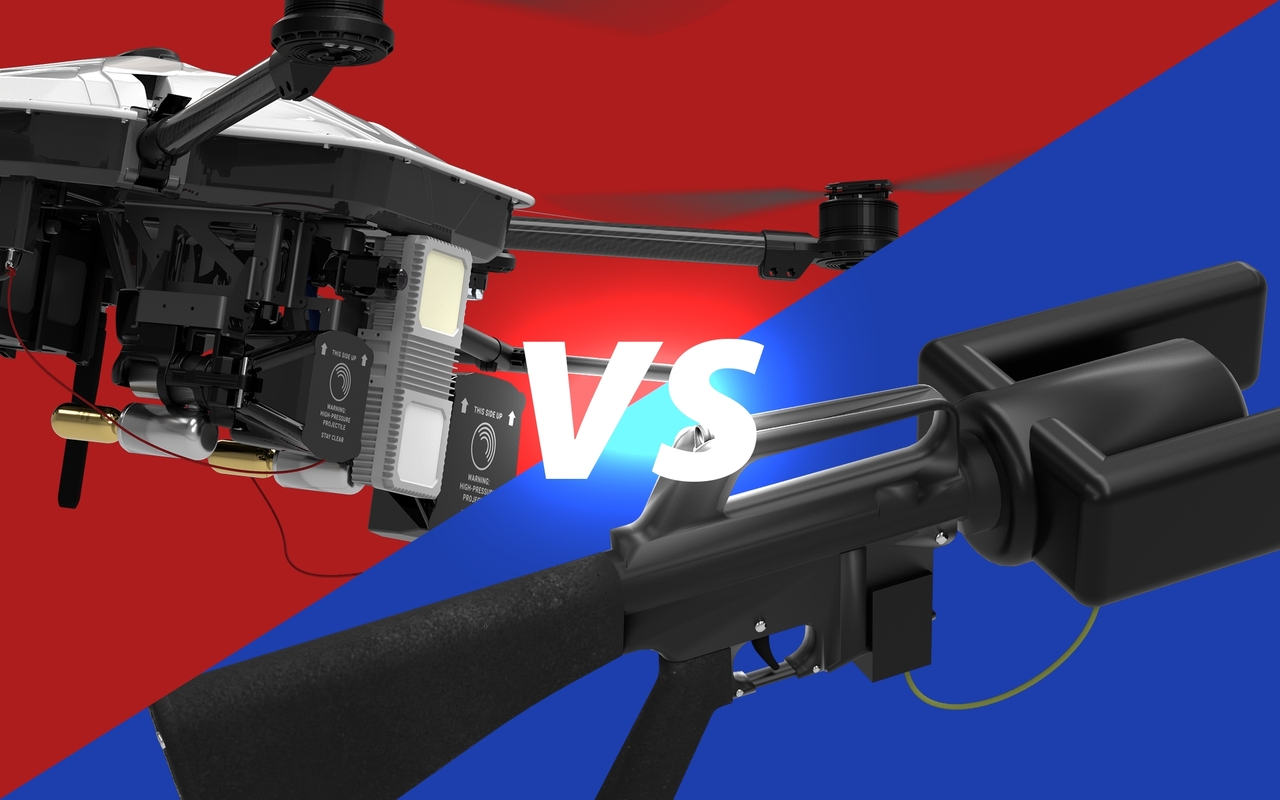
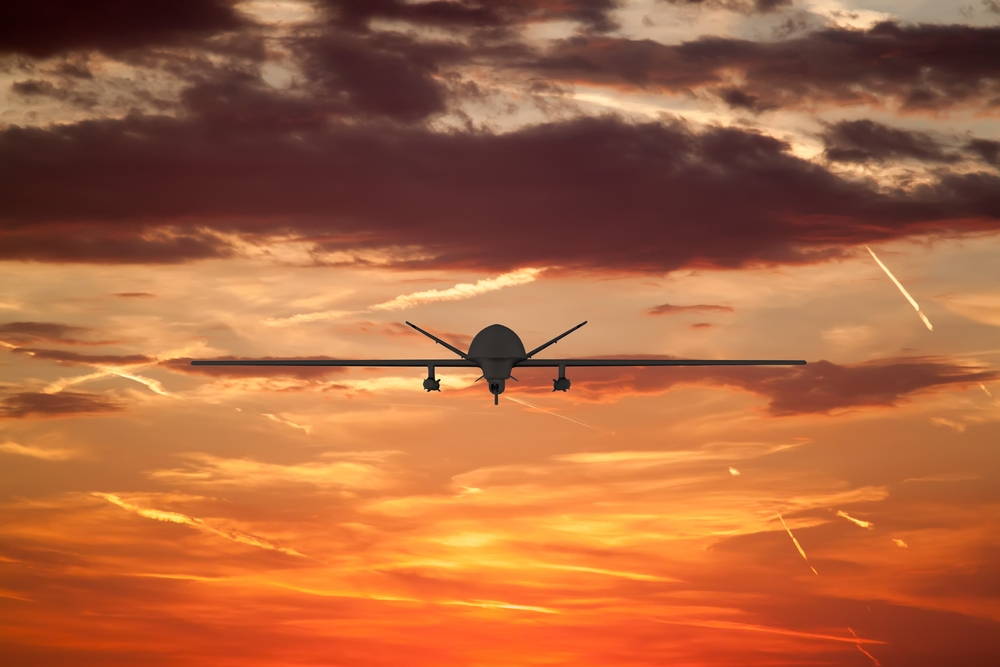
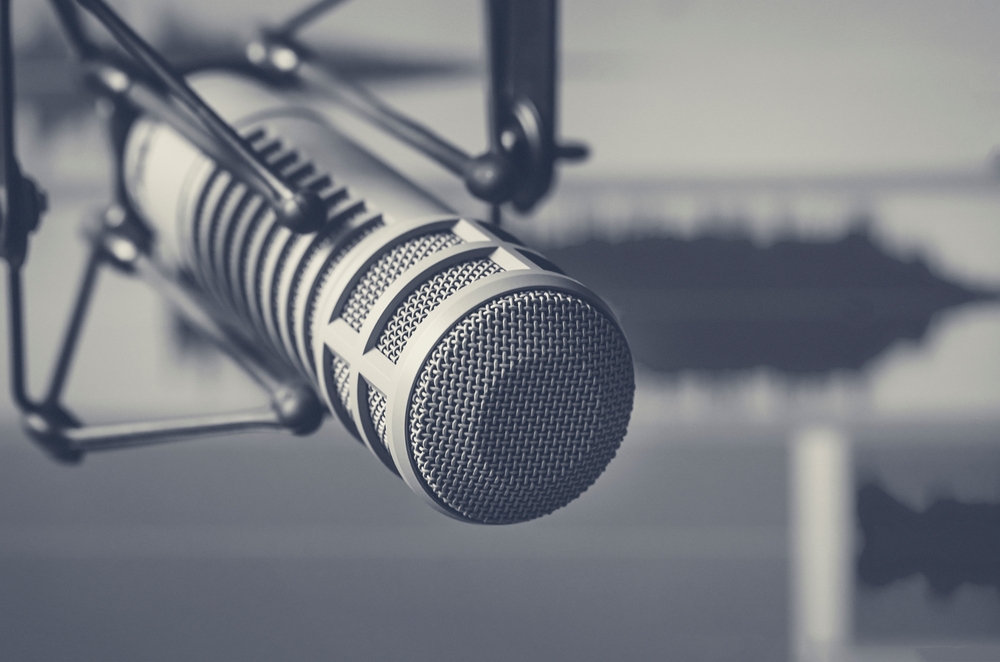
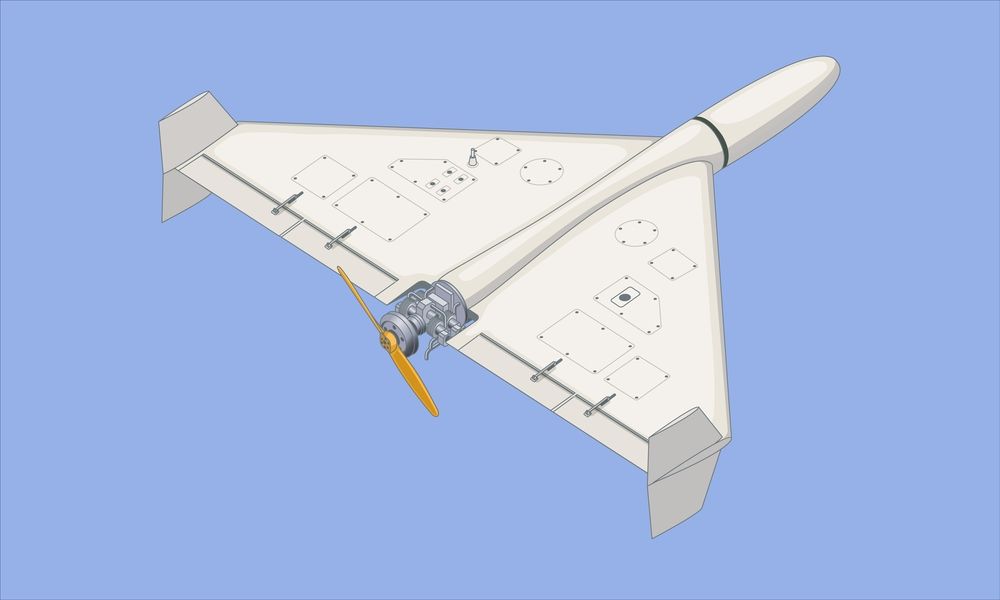
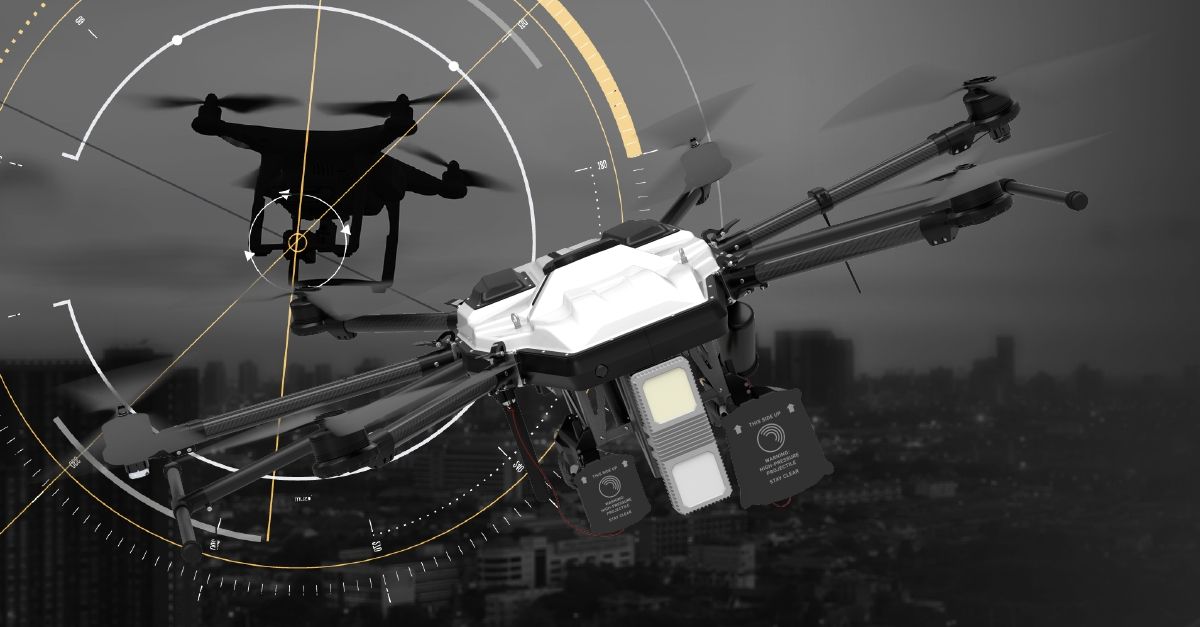
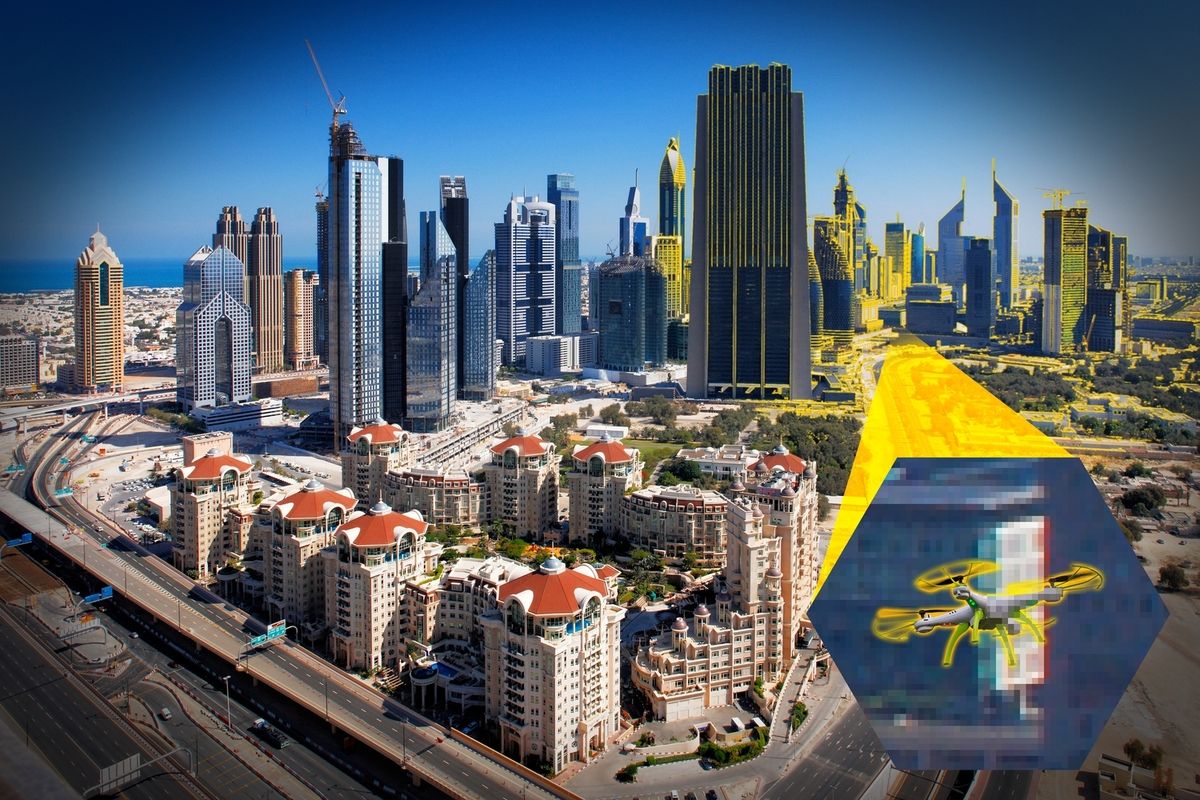
Related posts